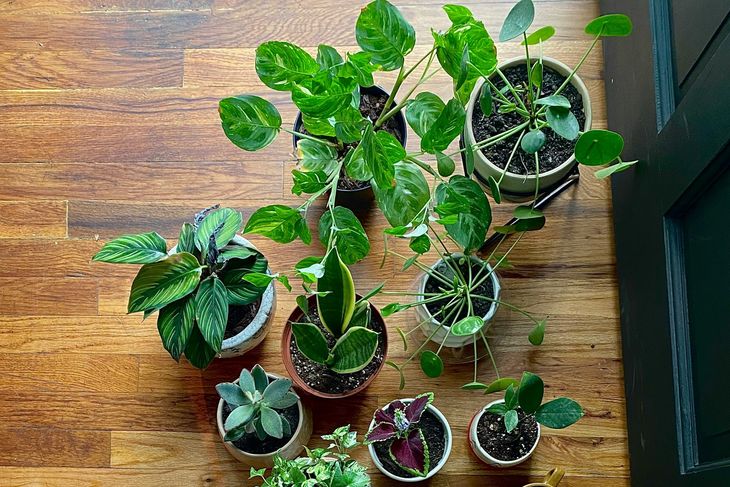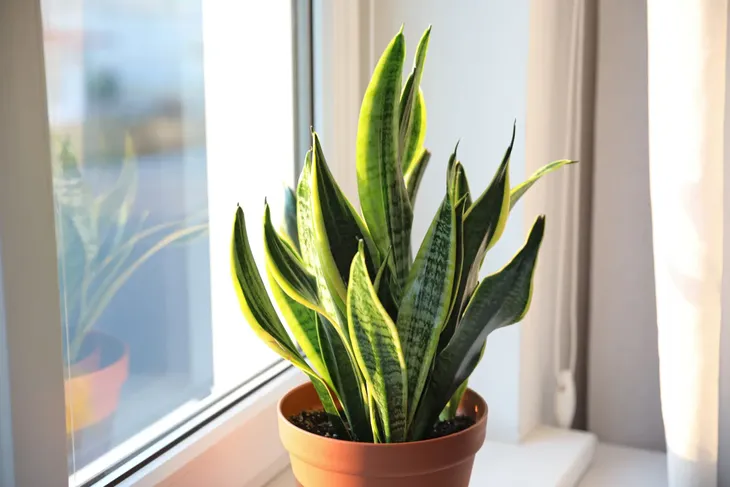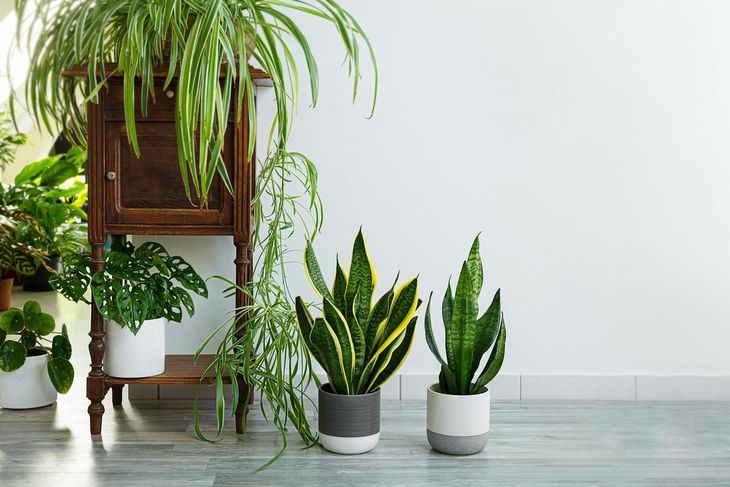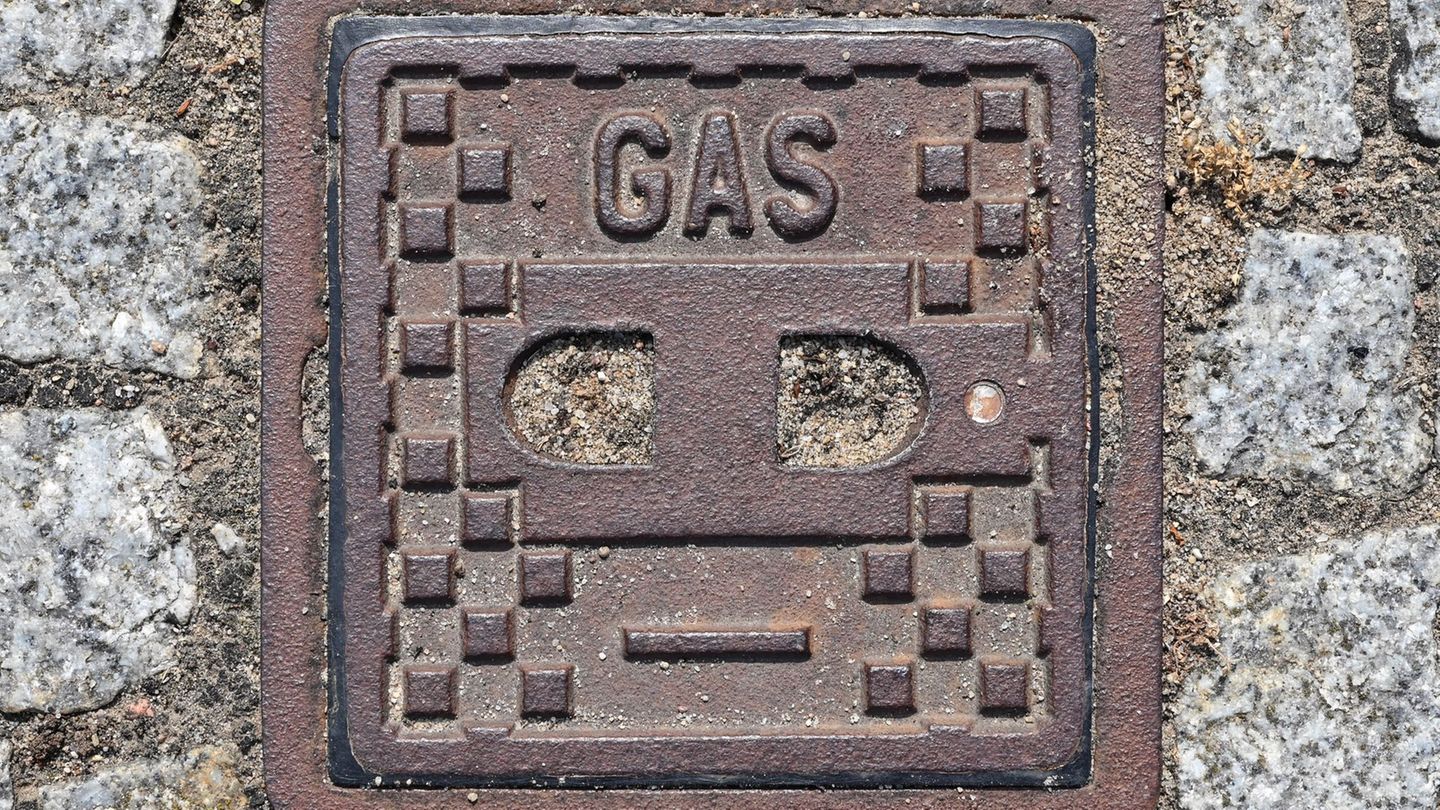Short cold and days can affect their growth, but with some simple adjustments they can remain healthy and strong all season.
With the arrival of winter, the floorsThey need special care. Low temperatures, frozen winds and the reduction of sunlight hours can interfere with its development and weaken them. Therefore, adapt the irrigation routine, protection and exposure to the sun becomes fundamental to guarantee your well -being during the coldest months of the year.
The content you want to access is exclusive to subscribers.
One of the most important aspects to consider is sunshine. At this time, the days are shorter and the sun loses intensity, so the way the plants receive it changes considerably. Although it seems that the winter sun is not enough to heat, it remains key for plants to perform the photosynthesisstay active and survive the hostile climate.


plants.jpg

Gardening fans know that small actions make great differences. Adjust the exposure schedule Solar can be a simple but decisive step to protect the leaves, roots and outbreaks more sensitive to cold. And while each species has its peculiarities, there are certain moments of the day that are more beneficial than others.
The best schedule to put the plants in the sun
During winter, the best time to expose your plants in the sun is mid -morning or in the early hours of the afternoon. Between 11:00 and about 3:00 p.m., the sun offers a warmer but less aggressive light than in summer, and the air gains some temperature. This allows plants to receive The necessary heat without suffering burns or a thermal shock due to the intense cold of the morning or dusk.
Plants in Winter 3.WeBP

The goal is to find that midpoint in which The sun helps, but does not harm. In winter, solar radiation is lower, but it is still enough for your plants to follow its natural rhythm. Avoid early exposure, when frost or dew are still present, is key to Prevent damage in the leaves or roots.
An additional good tip is move indoor plants to more light areas during the day and relocate them at night in places protected from cold. It is also convenient to clean the leaves so that they can better absorb sunlight and reduce irrigation, since the ground takes longer to dry and excess water can rot the roots.
Plants in winter 1.jpg

Unlike summer, where it seeks to protect excessive sun plants, in winter the challenge is to ensure that they receive the fair dose of energy. Observing them carefully, rotating them and choosing the right time to expose them to the sun can make the difference between a plant that survives and one that blooms even in low temperatures.
Source: Ambito
I am an author and journalist who has worked in the entertainment industry for over a decade. I currently work as a news editor at a major news website, and my focus is on covering the latest trends in entertainment. I also write occasional pieces for other outlets, and have authored two books about the entertainment industry.




